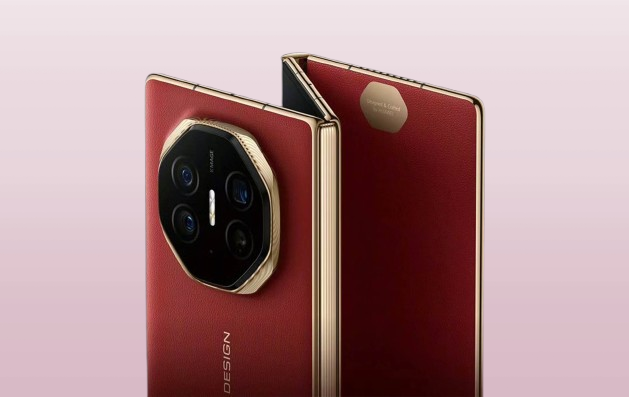Huawei is getting ready to launch the Mate XT 2, the successor to its trailblazing tri-fold smartphone that turned heads last year. 
While the changes aren’t revolutionary, there are still some notable upgrades worth mentioning.
At the core of the Mate XT 2 is the new Kirin 9020 chipset, offering a performance bump and improved efficiency. Perhaps even more interesting is the inclusion of satellite connectivity, signaling Huawei’s continued push into next-gen communication tech.
The camera system sees some updates as well. The main sensor remains at 50 MP but now includes an enhanced variable aperture system for better versatility in different lighting conditions. In addition, the telephoto capabilities are upgraded thanks to a revamped periscope zoom lens, aiming to deliver sharper shots at long range.
Beyond that, however, the device remains largely unchanged. The folding screen design and battery capacity appear to carry over from the original Mate XT. But Huawei seems to be focusing on subtle refinements rather than a full overhaul-perhaps to maintain the strengths of the original model while preparing for the competition.
With Samsung rumored to debut its own tri-fold device soon, Huawei’s Mate XT 2 might be a strategic preemptive strike to maintain its edge in the ultra-innovative foldable segment. Another quiet but important shift: Huawei has reportedly regained licensing rights to label the device as 5G-enabled. Unlike the previous model, which technically supported 5G but couldn’t legally show it, the Mate XT 2 may finally wear its 5G badge proudly.
The Mate XT 2 may not shake up the market as radically as its predecessor, but it’s shaping up to be a confident step forward in Huawei’s tri-fold journey.